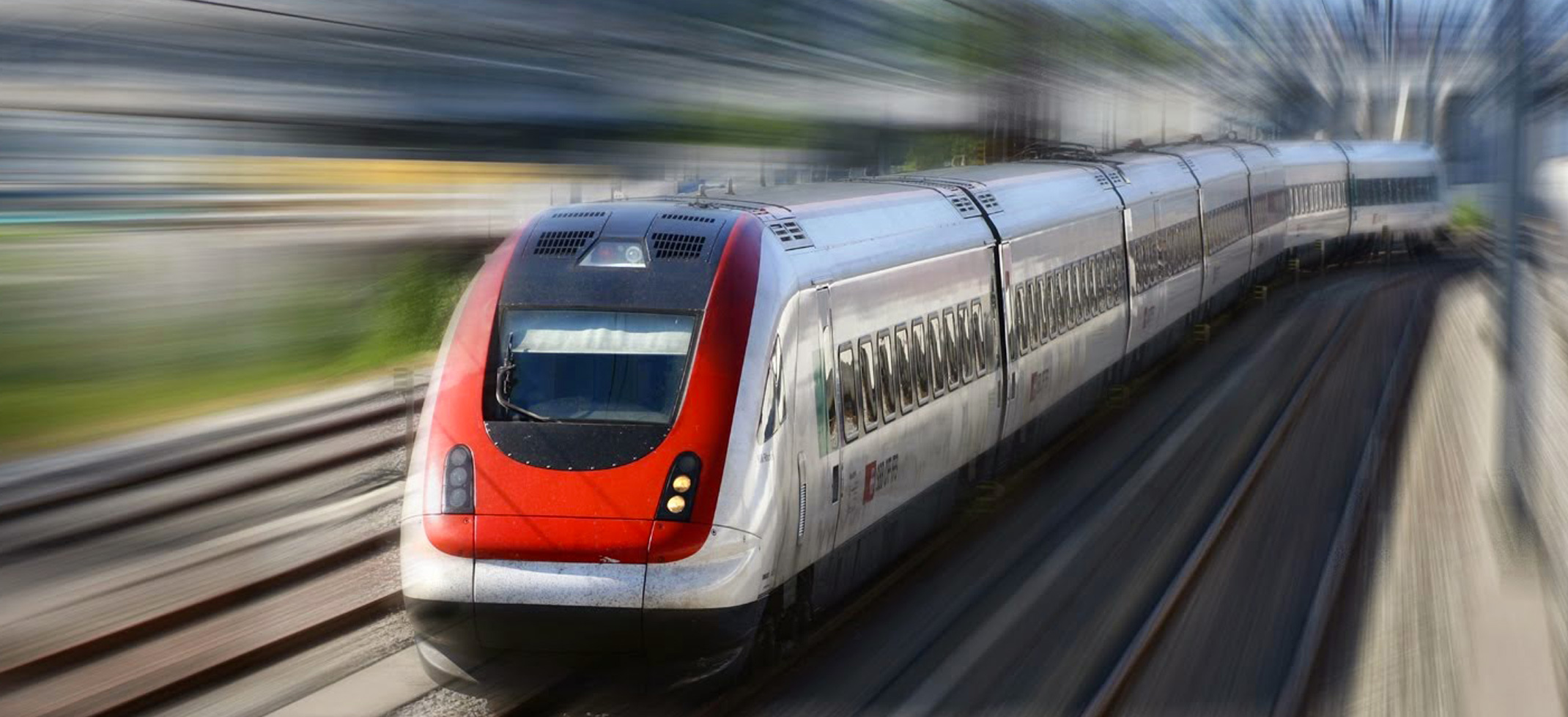The transportation industry has for a long time been engaged in the application of new lightweight materials for primary structural design. In aeronautics, where the weight of an aircraft is a crucial factor for fuel consumption, composite materials are now replacing metallic materials in both structural and non-structural parts.
The railway industry could also benefit from the use of structural new materials. If a train’s car body is made of composite materials, the train’s weight would be reduced by 20 to 30 %. These weight savings would result in lower energy consumption and a reduction of at least 5 % of CO2 emissions.
Current European legislation does not allow train manufacturers to use composite materials when constructing train car bodies. The railway sector currently only uses composites for non-bearing structural components, with steel being most commonly used to construct a train’s car body.
One of the key obstacles to overcome has been the lack of suitable certification procedures addressing the specific operational requirements of a railway vehicle. The EU-funded REFRESCO project was set up to provide solutions to this and other obstacles, and pave the way for the adaption of new procedures that will allow for the use of composite materials in rail car manufacturing.
REFRESCO has benchmarked the most promising new materials being used both within and outside the transport sector and which could be integrated into railway rolling stock.
More information: http://www.sesino.it






